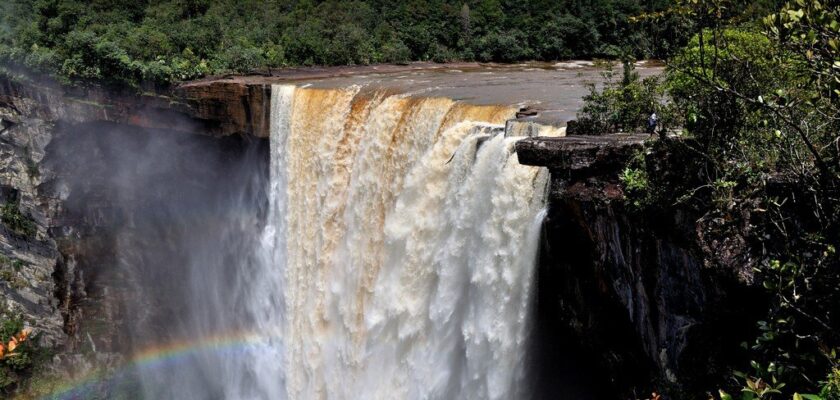Kaieteur Falls
Kaieteur Falls is one of the most powerful waterfalls on our planet, located in western Guyana, near the border with Venezuela. A huge amount of water falls from a 226-meter rocky ledge into a fog-covered abyss. Myriads of splashes create a bright rainbow around the waterfall, and this extravaganza leaves a great impression on all travelers.
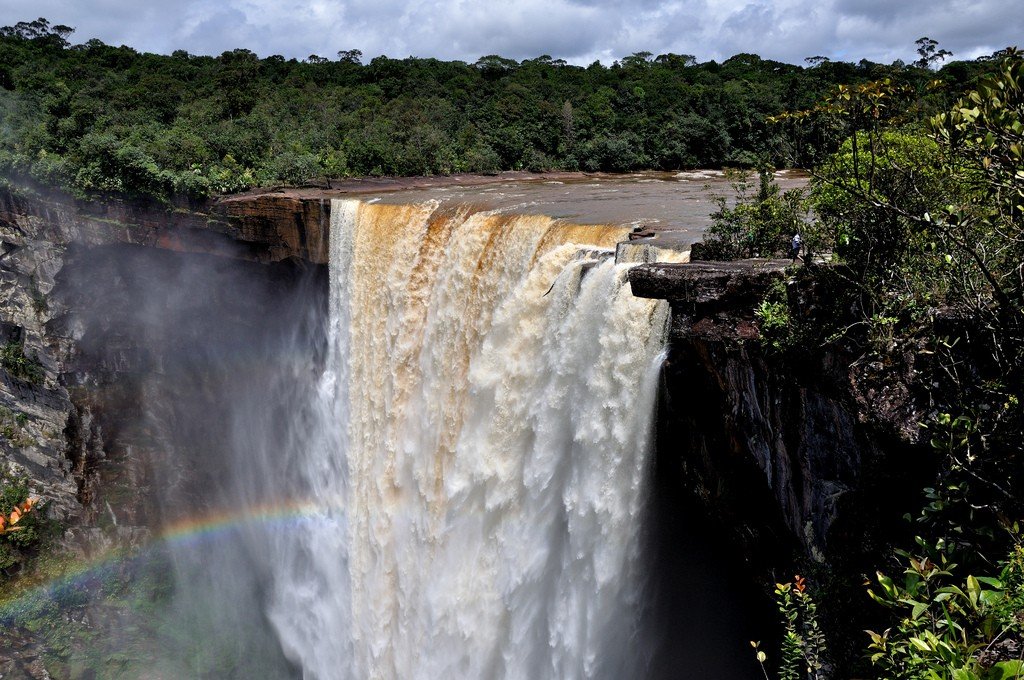
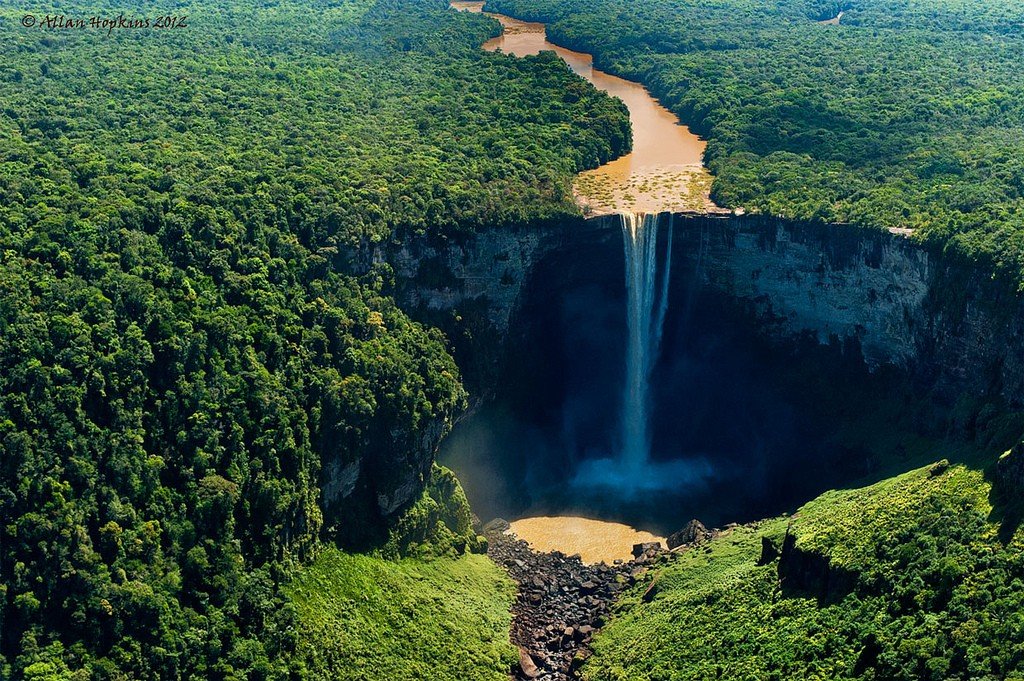
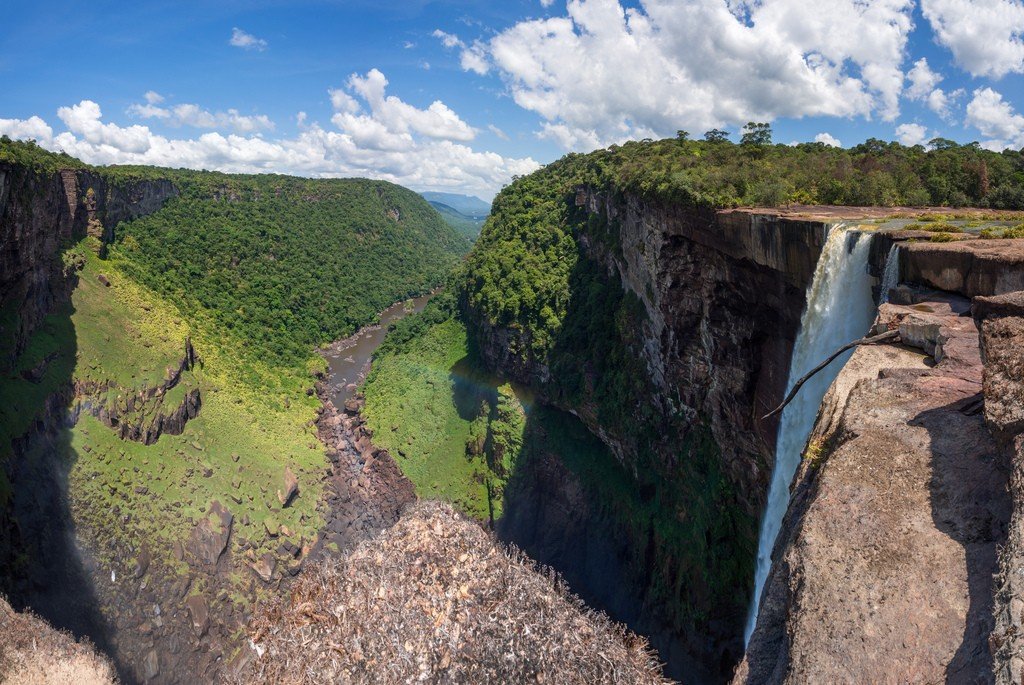
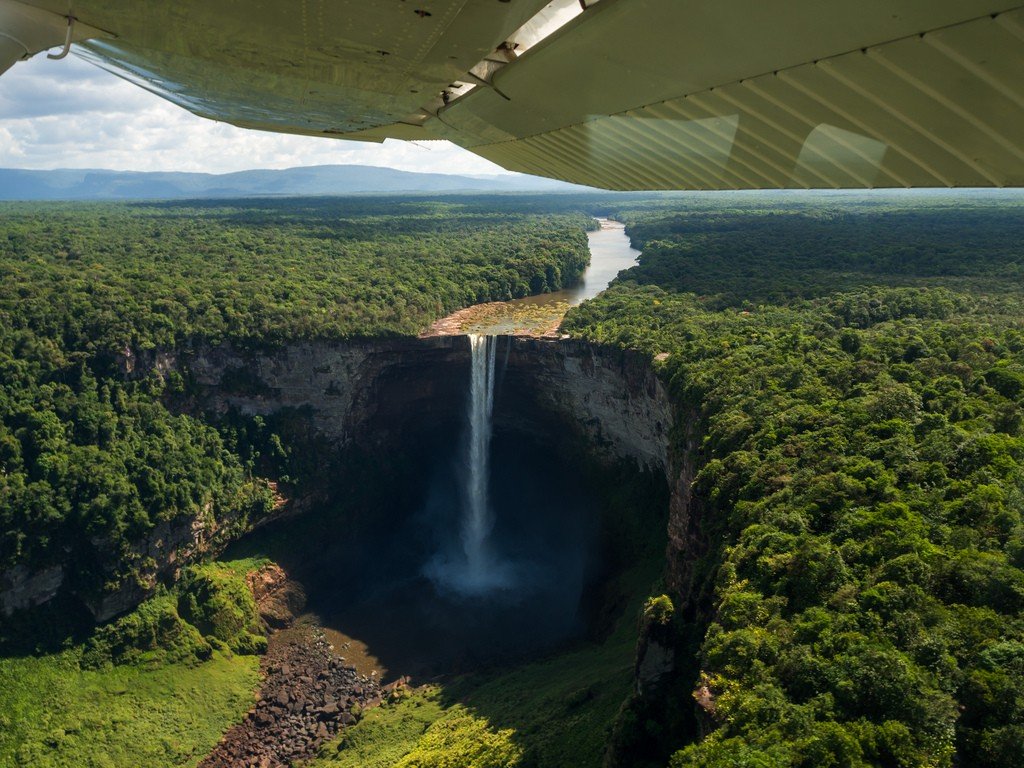
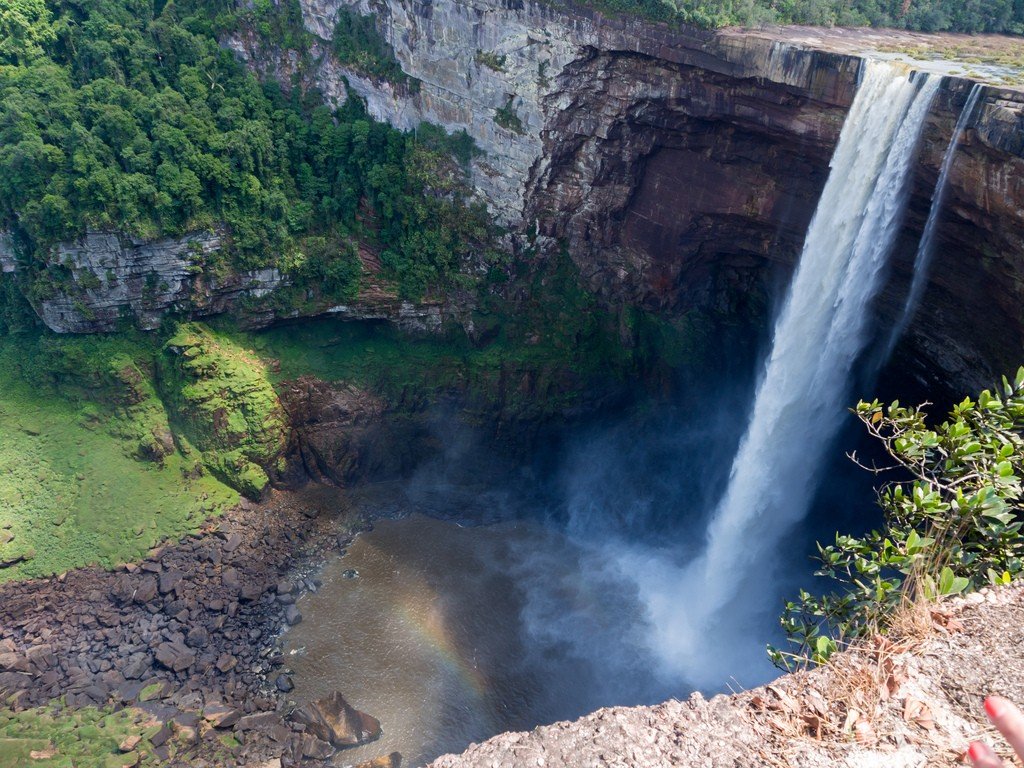
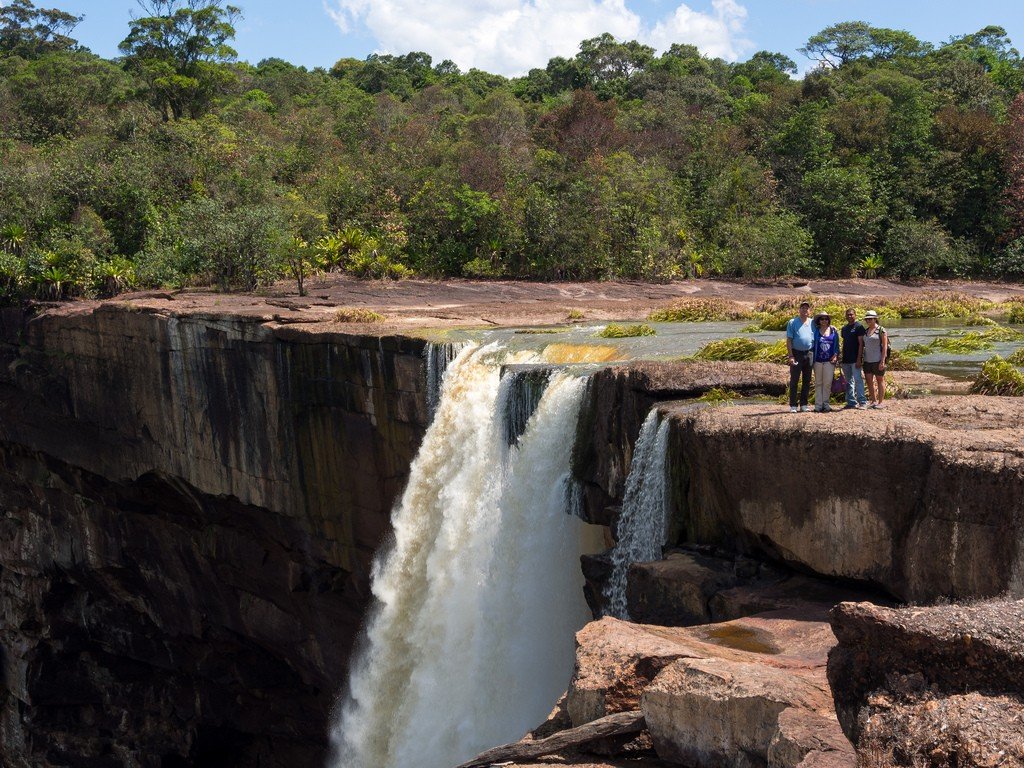
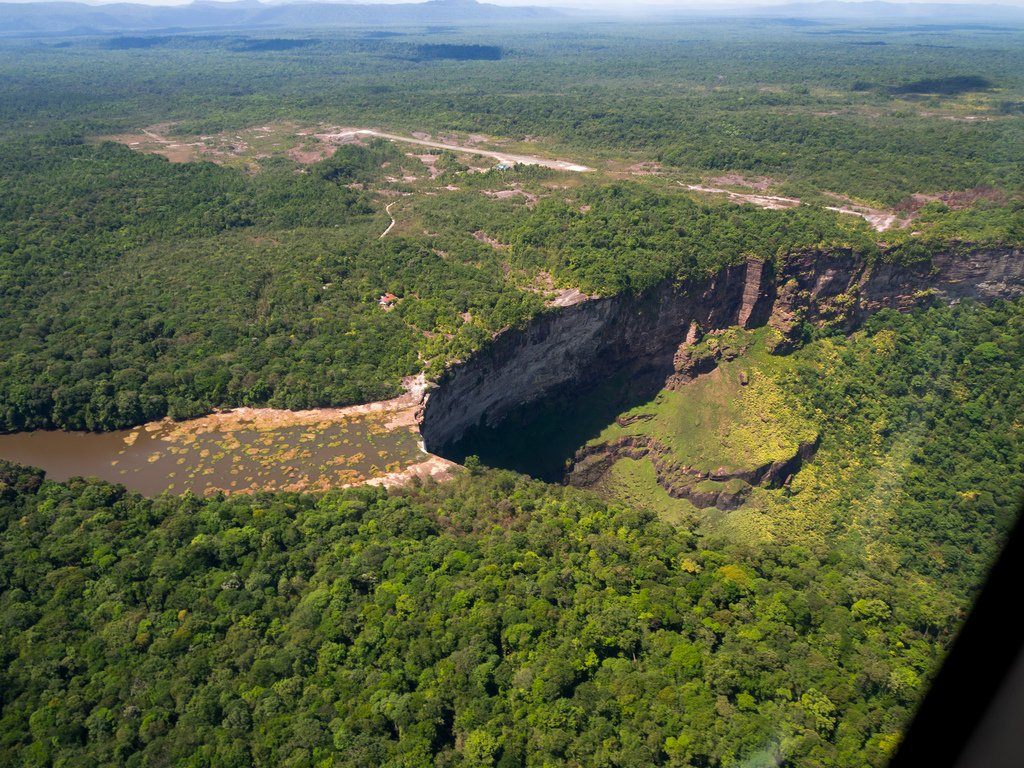
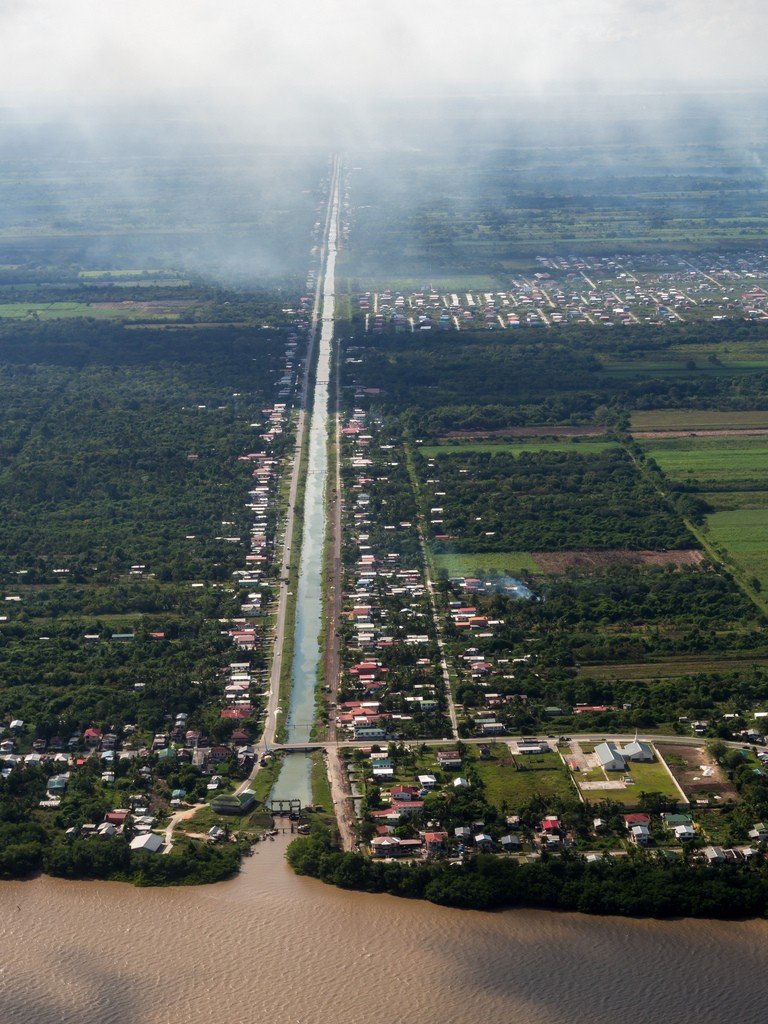
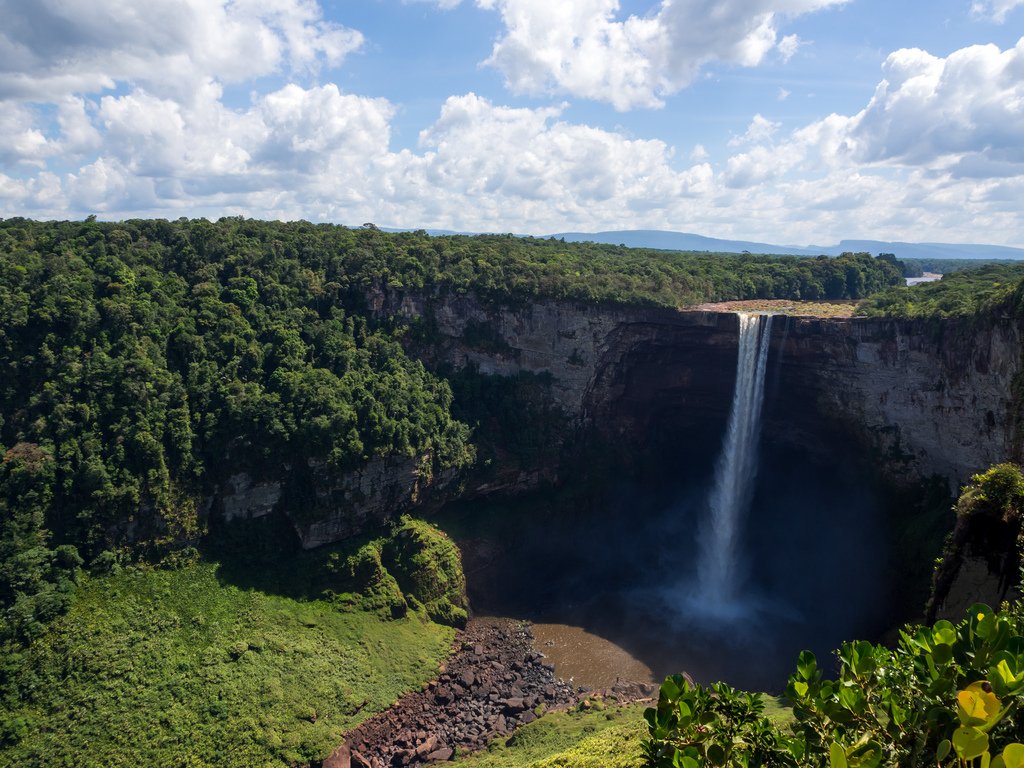
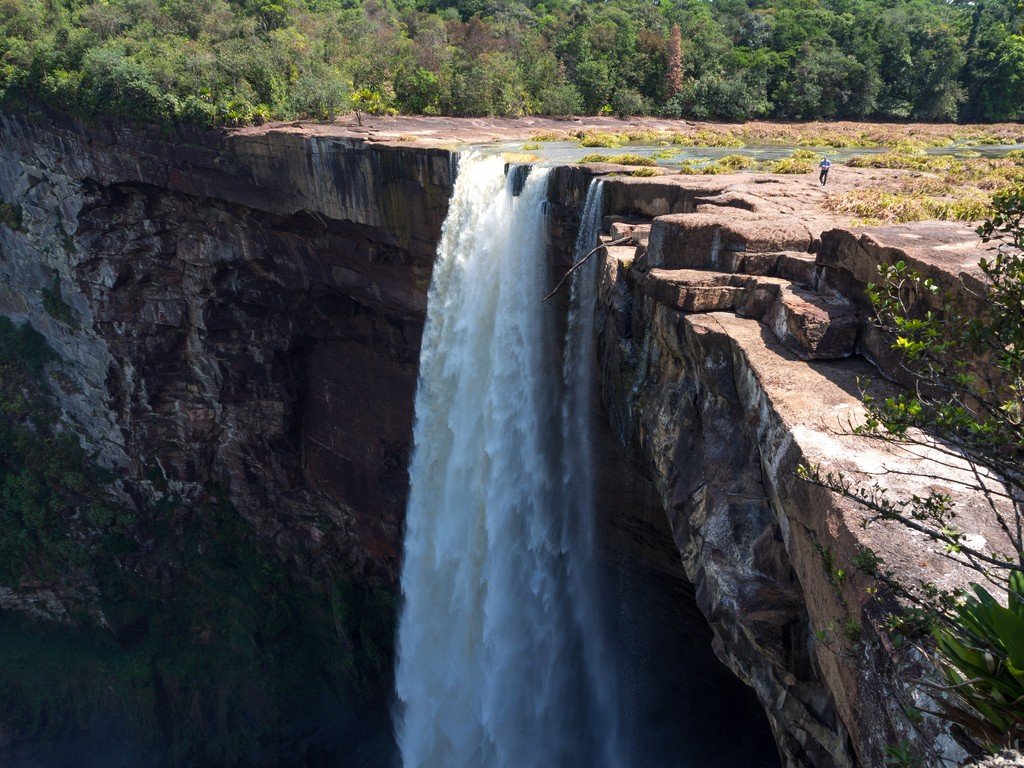
Video: Kaieteur Falls
Highlights
Kaieteur Falls is almost twice the height of Africa’s famous Victoria Falls and more than 4 times the height of Niagara Falls. Due to its wide spillway – from 90 to 105 meters – the Kaieteur Falls throw down a huge amount of water. In one second, 663 m³ of water flies into the abyss, so the Guyanese giant is considered one of the most powerful waterfalls on Earth. In addition, a 226 m rock ledge makes it the largest free-falling waterfall on the planet.
.
The falling jets collect in a reservoir that measures 200 by 100 meters. The energy of the waterfall creates waves, noise and wind below. Because of this, it seems to be constantly stormy at the foot of Kaieteur, and the mass of mist makes the sky overcast. However, if you move a little further away, the noise and wind subsides and the weather becomes sunny. Below the reservoir, the water surmounts another 25m ledge, increasing the total height of Kaieteur Falls to 251m.
.Impassable tropical jungle surrounds the noisy stream on all sides. The grandiose Kaieteur Falls is Guyana’s most alluring attraction. However, due to the remoteness and underdeveloped nature of the area, there are only about 200 visitors per day. There is no tourist infrastructure in the vicinity of the falls, so many travelers admire the streams of flying water from an airplane.
.History of the waterfall’s discovery and research
From the second half of the 19th century, Britain became interested in the nature and sights of its remote colonies. In 1867, geologists Charles Brown and James Sowkins began exploring sparsely developed British Guiana (since 1966 known as independent Guyana). Three years later, when Sowkins finished his career and retired, his partner decided to continue the endeavor alone. In 6 years, he traveled 13,000 kilometers on rivers and walked 3,500 kilometers. During the journey, Brown conducted geological studies and described many beautiful places.
In late April 1970, while in the Potaro Valley, the geologist and his companions heard the sound of falling water. When they came to the edge of the gorge, they saw a grandiose waterfall. Brown published information about it in the Proceedings of the Royal Geographical Society. A year later, the geologist was able to return to Kaieteur Falls and conduct all the measurements and research, and a few years later Brown published a memoir in which he described his explorations in the jungles of British Guiana.
.
In 1924, geologists were working near the Kaieteur Falls. They managed to discover here the mineral potarite, which is a natural compound of palladium and mercury. It is noteworthy that small fragile crystals could be found only in a few corners of the planet. Five years later, the Kaieteur National Park was created in the river valley.
.How to get there
Kaieteur Falls is located in the Potaro River Valley, in the west of the country. Travelers get here in two ways. One is to come to the waterfall on foot. The road from the city of Mahdia takes three days and turns into a real adventure. Overnight travelers stay in a guest house located near the spillway.
.Most travelers get to the falls by plane from Guyana’s largest city, Georgetown. Tour operators usually offer a flight to see two waterfalls, Kaieteur on the Potaro River and Orinduik on the Ireng River.
